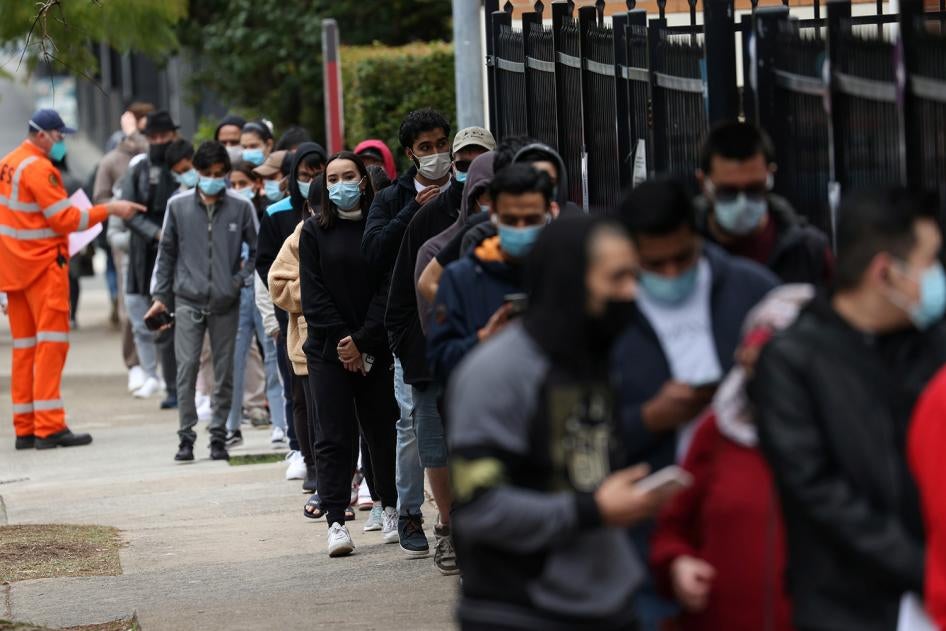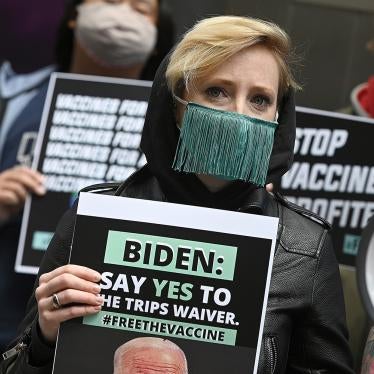This week, millions of residents across New South Wales emerged from more than 100 days of lockdown after the Australian state met its target of full vaccination for 70 percent of its population over age 16. Across Sydney, people queued for haircuts and drinks at the pub, activities previously prohibited to prevent the spread of Covid-19.
But as parts of Australia reopen and people navigate public life with the virus, it is critical that vaccine equity remains a top priority.
Vaccine availability does not necessarily mean accessibility. For example, in the United Kingdom, where vaccines are abundant, significant disparities along race and socioeconomic lines persist. Analysis of 20 million patient records revealed that while 95 percent of people over 50 in the most affluent parts of the UK had received a vaccine by mid-August, that coverage dropped to 88 percent in the poorest areas.
This week, a UK parliamentary report highlighted that certain groups, including racial and ethnic minorities, fared much worse from Covid-19. The report stated that existing social, economic and health inequalities were exacerbated by the pandemic, leading to “unacceptably high death rates amongst people from Black, Asian and Minority Ethnic communities.”
In Australia, systemic inequality, racism, and discrimination in accessing health care can skew vaccine access and uptake. Only 35 percent of Aboriginal and Torres Strait Islander people ages 12 and older are currently fully vaccinated across Australia, compared to 59 percent of the wider Australian population.
Australia’s federal health minister, Greg Hunt, confirmed this week that only 55 percent of people with disabilities receiving national insurance payments (NDIS) in Australia were fully vaccinated. This figure is alarming. Data from the UK shows that from January 2020 to February 2021, people with disabilities accounted for 58 percent of all Covid-19 deaths.
In the state of Victoria, there is evidence people from culturally and linguistically diverse communities may be dying from Covid-19 at higher rates than the rest of the population. In New South Wales, data shows that nearly 60 percent of people who died during the state’s Delta wave lived in Sydney suburbs with higher levels of socioeconomic disadvantage.
Inequitable vaccination coverage means part of the population remains at greater risk of severe illness and disease than others. The government should redouble its efforts to ensure vaccine equity across Australia.








